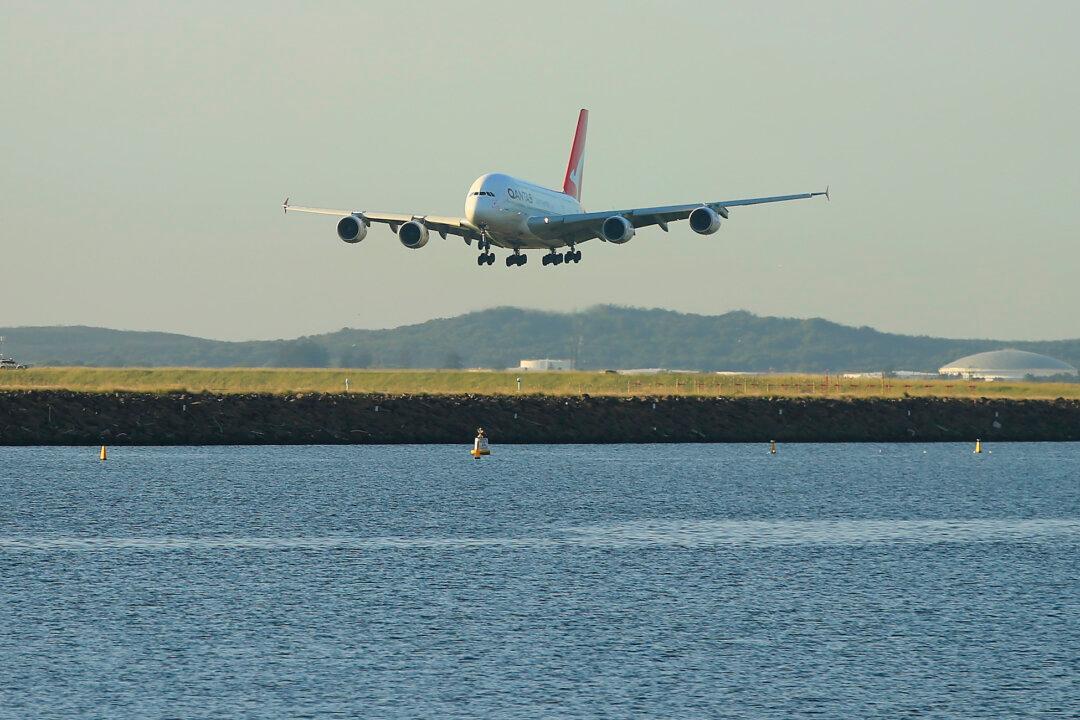International travel is expected to return to pre-pandemic levels by 2023 with domestic travel leading the recovery, the International Air Transport Association (IATA) said on May 14.
However, quarantine measures on arrival—such as the two-week quarantine requirement—would “further damage confidence” in air travel, the airline industry’s peak body has also warned.





